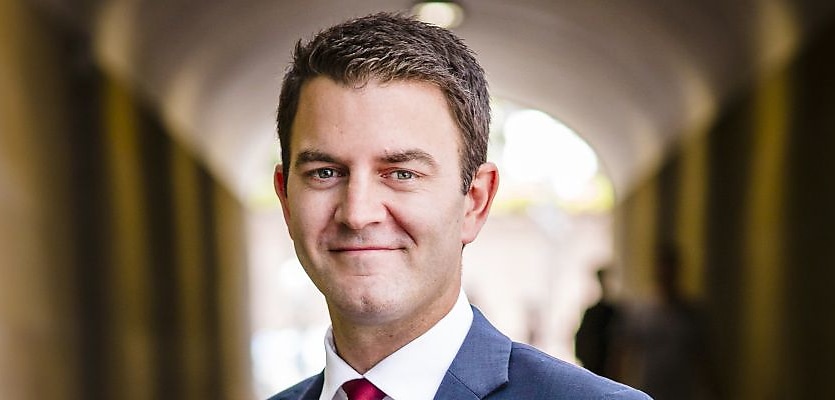According to LJ Hooker’s Industrial Market Monitor report, rent growth in the sector is expected to remain strong throughout 2023 and beyond.
Following prime net-stated rents in Western Sydney’s industrial corridor rising 15 per cent to 34 per cent during 2022, LJ Hooker tempered expectations, saying they may jump 10 per cent to 12 per cent over 2023, while secondary rents could potentially increase by 9 per cent to 11 per cent.
Similarly, Melbourne industrial tenants can expect prime rents to grow by 15 per cent to 24 per cent across the 2023 and 2024 financial years, while the same can be said for Brisbane, where its forecast prime rents will perform strongly over the equivalent periods before slowing heading into 2025.
Moreover, the divide between existing and pre-lease rents in the Victorian capital is on par with rising land prices and construction costs flowing through to higher pre-commitment rents, in turn pushing market rents up.
LJ Hooker’s head of research, Mathew Tiller, explained that a lack of available industrial space available to lease, combined with surging demand has resulted in assets in this class outperforming over the last year.
“Despite economic headwinds, such as rising interest rates and inflation, conditions within the industrial property [market] are driven by supply and demand, and there isn’t enough available for lease or sale across the east coast capitals,” he said.
With sales transactions down year-on-year due to a “lack of available assets,” he outlined that “investors are uncertain what they’ll do with their gains if they sell; they’re concerned they won’t get back into the market with the lack of stock.”
For this reason, he believes that “industrial will outperform retail and office again in 2023, with a lack of supply and the rise of transport and logistics in the restructured economy underpinning demand.”
The sector remains buoyant, with warehouse demand dominated by transport and logistics operators, major retailers, food distributors, and manufacturers.
Despite yields in Sydney’s central west industrial zone easing during the final six months of last year from 3.7 per cent to 4.1 per cent, rents in that time rose from $170 per square metre (sq m) to $191 per sq m. With a similar trend of cooling yields — from 3.6 per cent to 4.1 per cent — in the city’s outer west, rents jumped from $140 per sq m to $181 per sq m.
Aaron Ward, managing director at LJ Hooker Commercial Macarthur, described the industrial rental market in the region as “red hot”, with industrial leasing mirroring its residential counterpart “where you can see one tenant move out one day and the new tenant move in the next.”
He added, “Tenants aren’t waiting around for maintenance to be done — they need space, now!”
Having been in the industry for over two decades, Mr Ward confirmed current conditions are the tightest he’s ever seen in the Macarthur region. However, it’s not all positive, as a lack of supply is hindering businesses’ growth.
“Businesses that took 1,000-sq-m to 1,200-sq-m warehouse spaces over two by five-year terms, they’re often looking to scale up to 1,800-sq-m to 2,000-sq-m, when their options finish.”
However, he revealed a lack of supply is forcing these tenants to “stay where they are.”
“On top of that, when they signed their leases, they were looking at [rents of] $105 [per] sq m to $110 per sq m, and now they are facing rents that are $140 [per] sq m to $150 [per] sq m, or in some cases more.”

Never miss a beat with
Stay across what’s happening in the Australian commercial property market by signing up to receive industry-specific news and policy alerts, agency updates, and insights from reb.
Subscribe to reb Commercial:









You are not authorised to post comments.
Comments will undergo moderation before they get published.